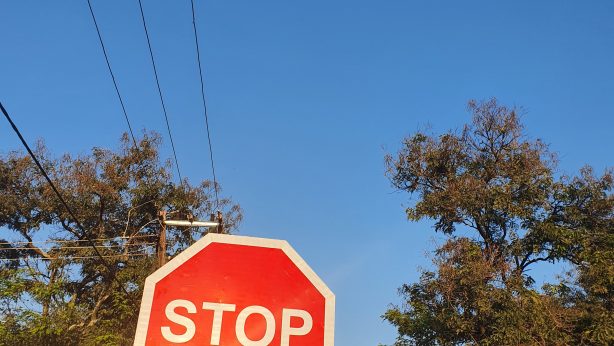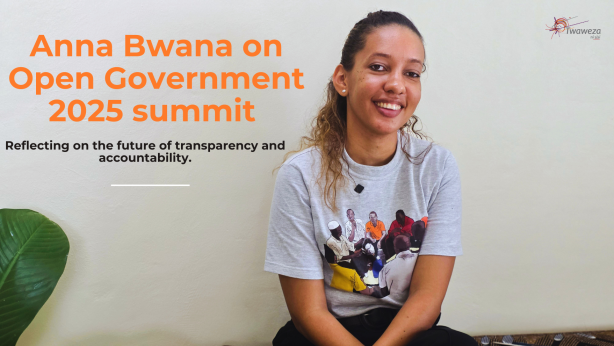The People’s Dialogue Festival 2025: Democracy in Action
In early March, Nairobi’s Uhuru Park pulsed with new political energy. A constructive buzz of conversation, debate, and shared reflection replaced the divisive political rhetoric. The People’s Dialogue Festival 2025, now a staple in our civic calendar, was a vibrant, four-day testament to the fact that democracy isn’t just cast in ballots—it’s built in parks, co-created in conversations, and carried forward in the hands of young citizens. Hosted by the Centre for Multiparty Democracy (CMD-Kenya), this year’s theme—“Building a Collaborative Democracy for Kenya’s Sustainable Future”—was less a slogan and more a call to action.
The festival brought together an eclectic mix of Kenyans—seasoned politicians walking alongside youth activists, civil society stalwarts engaging with diplomats, academics debating with artists, and everyday citizens sharing their personal experiences. The PDF represents a crucial intervention in Kenya’s democratic landscape, striving to build the bridges often absent between the governed and those who govern.
Why dedicate precious time and resources to such a festival?
Because the health of a democracy cannot be measured solely by voting every five years. True democratic vitality lies in continuous citizen engagement, open channels of communication, and mutual accountability fostered between electoral cycles. Like many other countries, Kenya faces challenges of apathy, particularly among its large youth population, often fueled by perceived unresponsiveness from leaders and complex socio-economic pressures. Formal participation channels can feel inaccessible, opaque, or merely performative. Since its inception in 2019, the PDF has consciously worked to counteract this by creating an intentionally inclusive, accessible, and dynamic space. It aims to demystify governance, foster consensus-driven reforms, and empower citizens to see themselves as active participants, not just passive recipients, in shaping their nation’s destiny.
The 2025 iteration embodied this ethos. Structured dialogue sessions addressed critical governance concerns, interspersed with artistic expressions—such as music, poetry, and visual arts—that provided alternative languages for civic commentary. Interactive booths, such as the one hosted by Twaweza East Africa in partnership with Busara, encouraged hands-on engagement. High-level figures like Hon. Kiraitu Murungi (CMD Chairperson), who spoke on safeguarding democracy, Hon. Okiya Omtatah, who addressed the need for youth leadership beyond traditional party structures, Law Society of Kenya President Faith Odhiambo, who called for accountability, and diplomats like Dr. Ed Barnett MBE, who discussed the role of political parties, shared platforms not only with each other but implicitly with the citizens present, whose participation framed the discussions. This intentional mix lowered traditional barriers, promoting a more unrestricted flow of ideas and challenging conventional hierarchies.
Twaweza at PDF
The Booth That Became a Mirror
At our shared booth with Busara, we designed activities that weren’t about talking to young people, but listening to them. From the “Your Voice Matters” video booth to the Kenya 2050 Futures Wall, students and activists, some still in school uniforms, paused to articulate what democracy should look like. Their answers were hopeful, practical, and defiant.
The Futures Wall filled quickly: young Kenyans envisioned a country where leaders are accessible, where inclusion isn’t just rhetoric, where corruption is the exception, not the expectation. It reminded us that political imagination is a democratic act.
Beyond Elections: A Deeper Engagement
Our joint panel discussion with Busara Media Lab dug even deeper. Titled “What Does Citizen Engagement Look Like?”, it challenged the narrow view that participation begins and ends at the ballot box. Speakers emphasised that authentic engagement happens every day—in community barazas, on WhatsApp groups, during protests, through petitions, and at budget hearings. One insight stood out: youth disengagement isn’t apathy—it’s strategy. Many young people opt out not because they don’t care, but because they don’t see a system that cares for them. As behavioural economists might say, they’ve made a rational choice based on a loss-aversion logic: why invest in a process that doesn’t deliver returns?
Technology is reshaping civic life. Young activists are organising online campaigns, calling out impunity, and even influencing legislation, as seen in the recent resistance to the finance bill. But if this digital momentum doesn’t translate into offline policy wins, frustration could breed further alienation.
That’s why platforms like PDF matter. They offer a physical, tangible space where online engagement meets offline community – a space where an Instagram frame becomes a conversation starter, where civic tech meets cultural expression.
Still, real change requires structural support. As our panel recommended, civic education must be consistent, political documents must be accessible, and public participation must be more than a checkbox. Tokenism has a cost—it erodes trust. What we learned is that young people don’t want to be passengers in Kenya’s democratic journey. They want to drive. But the road must be cleared of bureaucratic potholes, exclusionary speed bumps, and political roadblocks.
The People’s Dialogue Festival 2025 was a powerful demonstration of democracy in action—messy, vibrant, challenging, yet ultimately constructive. It provided a space for critical conversations, fostered connections, and hopefully inspired renewed commitment to active citizenship and responsive leadership. As we packed up our booth on March 8th—International Women’s Day—it wasn’t lost on us that many of the boldest voices were young women, demanding safety, equality, and recognition. The future is not waiting. It’s already speaking.
The question is: are we listening?


